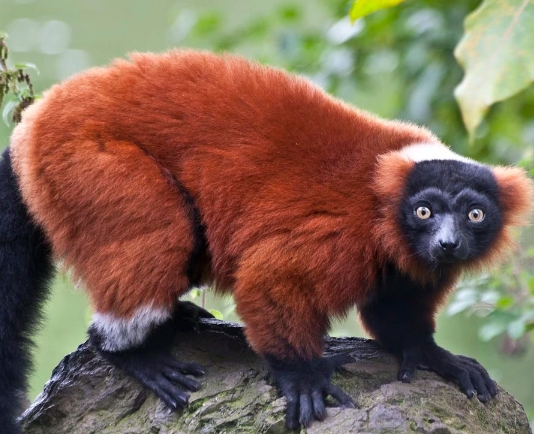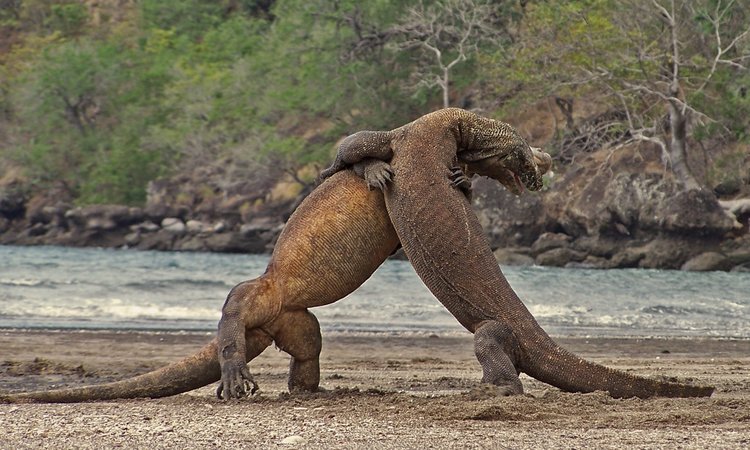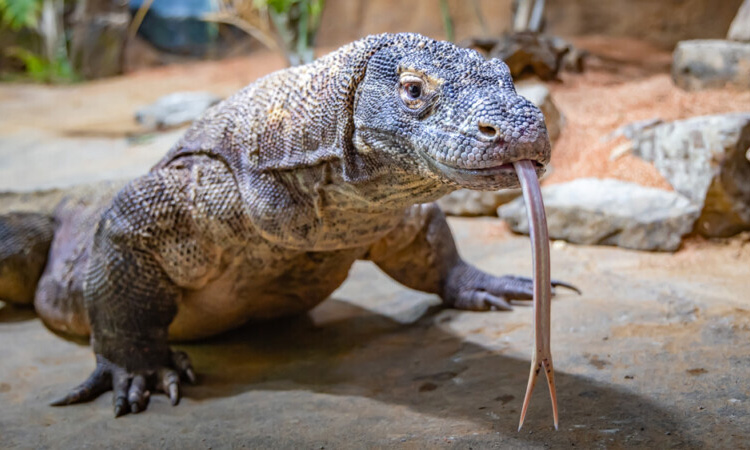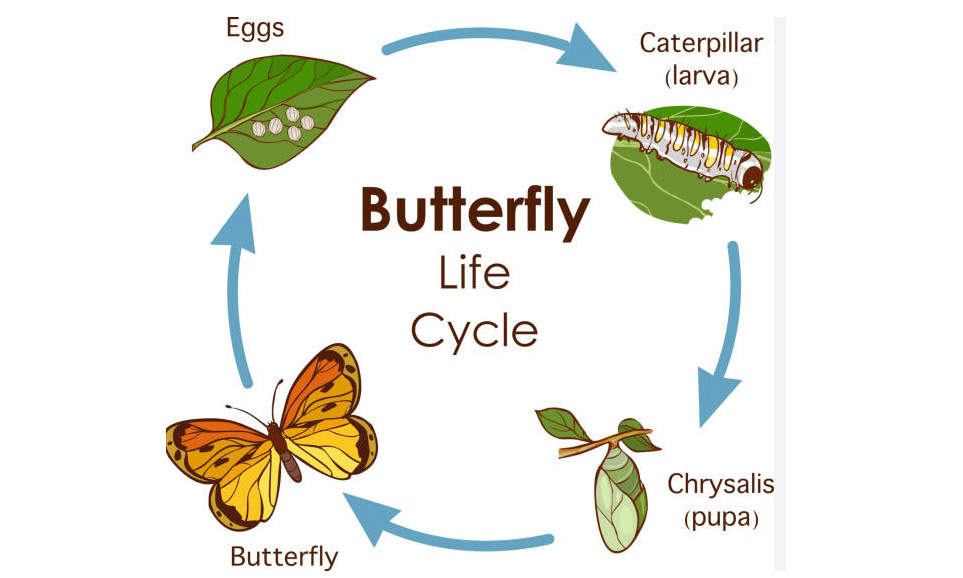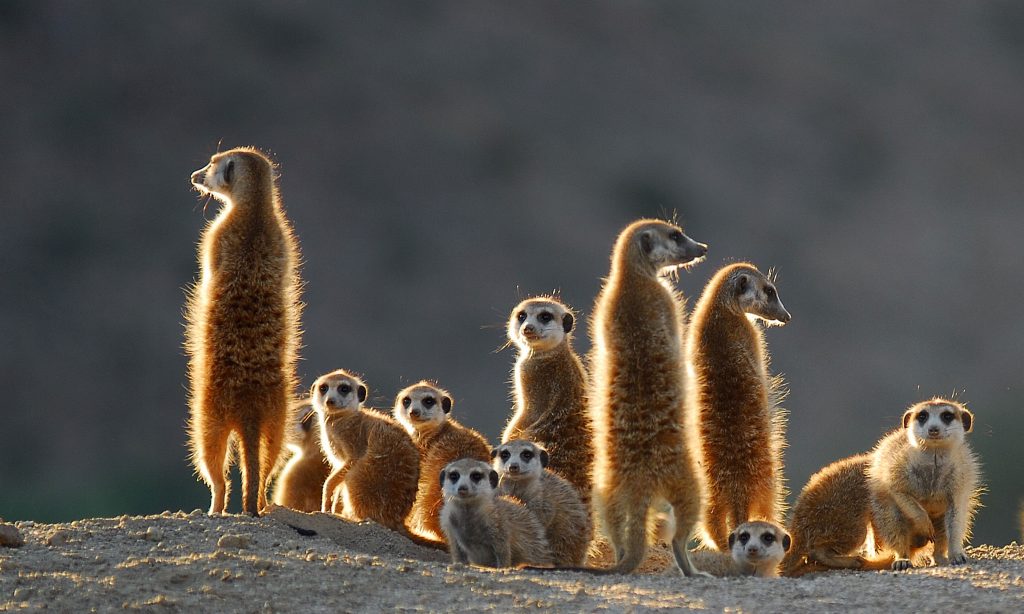The Lemur Red is a fascinating creature that has captured the hearts of many with its unique appearance and playful demeanor. Here, we take a closer look at this adorable animal and uncover some of the mysteries that surround it.
Appearance and Behavior:
The Lemur Red is easily recognizable by its distinctive red fur and large, expressive eyes. Its long tail helps it balance as it moves through the treetops, and its nimble fingers allow it to pick and eat fruit with ease. These creatures are known for their social nature, often living in groups called troops and communicating through a series of vocalizations and body language.
Habitat and Diet:
Lemur Reds are native to the island of Madagascar, where they can be found in dense forests and remote mountainous regions. They primarily feed on fruits, leaves, and insects, using their keen sense of smell to locate food sources. These animals play a vital role in their ecosystem as seed dispersers, helping to regenerate the forest through their foraging habits.
Conservation Status:
Unfortunately, the Lemur Red is facing threats to its survival due to habitat loss and fragmentation caused by deforestation and human encroachment. Additionally, these animals are often hunted for their fur and meat, further endangering their populations. Conservation efforts are underway to protect these creatures and their habitats, but much work remains to be done to ensure their long-term survival.
Breeding and Reproduction:
Lemur Reds typically breed once a year, with females giving birth to a single offspring after a gestation period of around 4-5 months. Young lemurs are cared for by their mothers and other members of the troop, learning essential skills such as foraging and social behavior. This extended family structure helps to ensure the survival and well-being of the group as a whole.
Conclusion:
The Lemur Red is a captivating and enigmatic creature that continues to intrigue scientists and wildlife enthusiasts alike. By understanding more about these animals and the challenges they face, we can work towards protecting them and preserving their natural habitat for future generations to enjoy. Let us all do our part to ensure that this adorable species can thrive in the wild for years to come.
